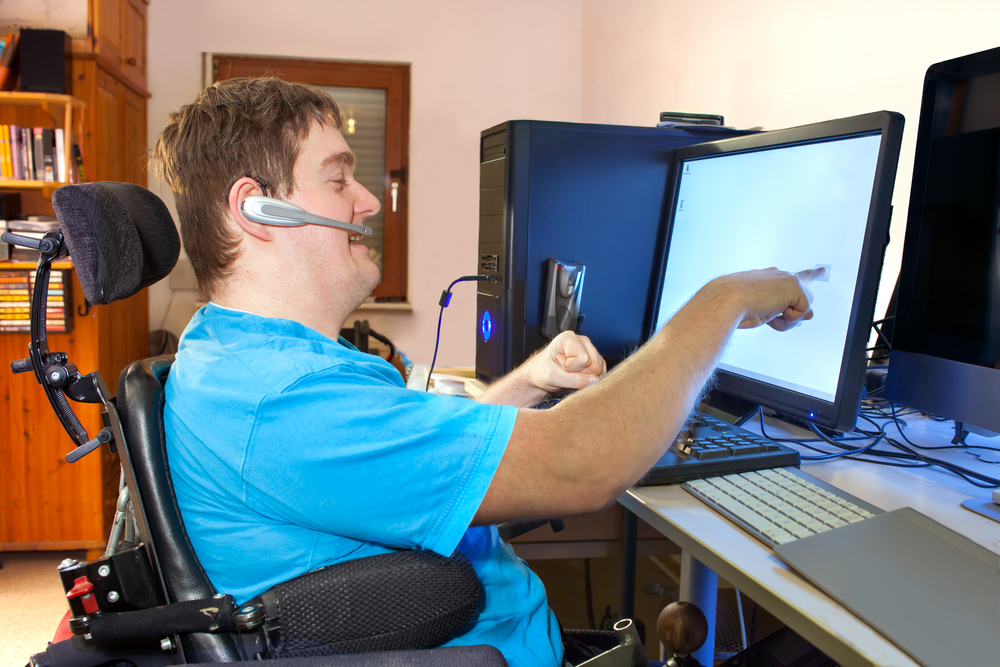Make an Appointment
Clear pronunciation underpins your child’s ability to connect with others, succeed academically and feel confident in themselves. When certain sounds remain hard to produce, especially beyond the expected age, children may avoid speaking, become frustrated or struggle with reading and spelling. By learning how speech sounds typically develop, recognising common causes of delay and using playful, research-backed techniques, you can guide your child toward clearer, more confident speech.

Understanding Pronunciation Development and Common Causes of Difficulties
Normal Speech-Sound Milestones
Children acquire sounds in a predictable order:
- By Age 3: Early sounds: /m/, /b/, /p/, /d/, /t/, /n/, /h/, /w/, /y/.
- By Age 4: Mid-range sounds—/k/, /g/, /f/, “ch” (/tʃ/), “j” (/ʤ/), /l/ in initial positions.
- By Age 5: “Sh” (/ʃ/), “s” (/s/), “z” (/z/), “th” voiceless (/θ/) and /v/.
- By Age 6–7: Later sounds: “th” voiced (/ð/), /r/ in all positions and most consonant clusters.
Most children produce all English sounds clearly by 7–8 years old .
Common Causes of Pronunciation Problems
- Hearing Loss (e.g., glue ear): Muffled input delays accurate sound learning .
- Structural Issues: Tongue-tie, dental alignment or enlarged tonsils can restrict movements needed for specific sounds.
- Childhood Apraxia of Speech: A motor-planning disorder requiring specialist intervention .
- Phonological Delay: Simplifying sound patterns (e.g., “poon” for “spoon”) is typical early on but should resolve by age 4.
- Limited Language Exposure: Inconsistent models, such as in some bilingual homes, may temporarily slow sound acquisition.
If you suspect any underlying factor, a hearing test and review by our Speech Pathology team can clarify next steps.

How Can I Improve My Child’s Pronunciation?
Model Correct Speech
Always respond with the correct word, emphasising the target sound:
- Child: “wed”
- You: “Yes, that’s a red car. Red.”
Play-Based Practice
Embed articulation into fun:
- Picture Cards: Have your child name cards containing the target sound (“ball,” “bat”).
- Treasure Hunts: Hide objects whose names contain the sound, prompting retrieval and naming.
Mirror & Tactile Cues
- Mirror Exercises: Show lip and tongue placement when producing sounds.
- Touch Cues: Lightly place your finger on your throat for voiced sounds (“b,” “d”) versus unvoiced (“p,” “t”).
Read Aloud Together
Choose simple, repetitive books rich in the target sound. Take turns reading sentences that include practice words, pausing to reinforce correct production.
Positive Reinforcement
Celebrate every accurate attempt: “Fantastic job saying rabbit with a clear /r/ sound!” This boosts confidence and motivation.

Three Effective Methods to Improve Pronunciation
Minimal-Pairs Technique
Use word pairs differing by one sound (e.g., “bat” vs. “mat”). Alternate practice helps children tune into distinctions and practice each sound .
Phonetic Placement Exercises
Give clear instructions on articulator positioning:
- For /s/: “Place your tongue just behind the top front teeth and blow air over it.”
- Use a tongue depressor or cotton bud under supervision to gently guide placement.
Auditory Discrimination & Self-Monitoring
Record your child saying words, then play back both their version and your model. Discuss differences and let them mimic the correct pronunciation.
Practice sessions of 5–10 minutes, twice daily foster muscle memory and auditory awareness without causing fatigue.

Age Expectations for Speech-Sound Mastery
Understanding typical timelines helps identify when to boost practice and when to seek specialist help:
- By Age 3: Expect clear /m/, /b/, /p/, /d/, /t/, /n/, /h/, /w/, /y/. Occasional errors in blends are normal.
- By Age 4: Most children can produce /k/, /g/, /f/, “ch,” “j,” and initial /l/.
- By Age 5: Clear “sh,” /s/, /z/, voiceless “th” and /v/.
- By Age 6–7: Mastery of voiced “th,” /r/ and most clusters.
- By Age 7–8: Final refinement of all sounds and complex clusters (e.g., “spl-,” “str-”).
Borderline Delays vs. Red-Flags
- Borderline: Occasional /r/ or final “th” errors at age 6–7 can still resolve naturally.
- Red-Flags: Persistent omissions/substitutions of multiple sounds beyond these ages, especially if strangers struggle to understand, warrant a speech-pathology assessment.
Persistent Phonological Patterns - like cluster reduction (“poon” for “spoon”) or stopping (“tat” for “sat”), that remain beyond age 5 can affect literacy and social interactions, so early intervention is beneficial.
When to Seek Professional Support
Arrange a Speech Pathology review if your child:
- Is 4+ years and still omits early sounds (/p/, /b/, /m/).
- Is 5+ years with multiple simplified patterns or unclear speech to unfamiliar listeners.
- Shows frustration, avoids talking or exhibits reduced participation in group activities.
Our Speech Pathology service tailors assessment and intervention plans, whether in-home, in-clinic or via telehealth, to ensure your child achieves clear, confident speech.

Frequently Asked Questions
Q1: How can I improve my child’s pronunciation at home?
Model correct speech, use mirror and tactile cues, and integrate minimal‐pairs games into daily play for consistent practice.
Q2: What causes pronunciation problems?
Common factors include hearing issues (e.g., glue ear), structural differences (tongue-tie), motor planning disorders (apraxia), phonological delays, or limited language models.
Q3: What are three methods to improve pronunciation?
Minimal-pairs contrast, phonetic placement cues and auditory discrimination/record-and-playback exercises.
Q4: At what age should all sounds be correct?
Most children master all English sounds by age 7–8; persistent errors past 5–6 years merit assessment.
Q5: When should I see a Speech Pathologist?
If your child’s speech remains unclear to strangers after age 5, or if they avoid talking or show frustration, book an assessment.

Clear pronunciation unlocks your child’s communication potential, academic success and self-esteem. By combining modelling, fun practice and targeted drills, and knowing when to seek professional support, you set your child on a path to confident speech.
Next Steps:
- Download Free Guides from Speech Pathology Australia for home activities.
- Book a Speech Assessment with Physio Inq: in-home, in-clinic or online, for personalised strategies.
- Join Our Telehealth Sessions for regular screening and tailored feedback.
Call 1300 731 733 or book online today to help your child speak clearly and confidently.

Date Published: Friday, May 30, 2025
Need to get into direct contact with ur Client Services team? We're all ears. Call our team directly on 1300 731 733




